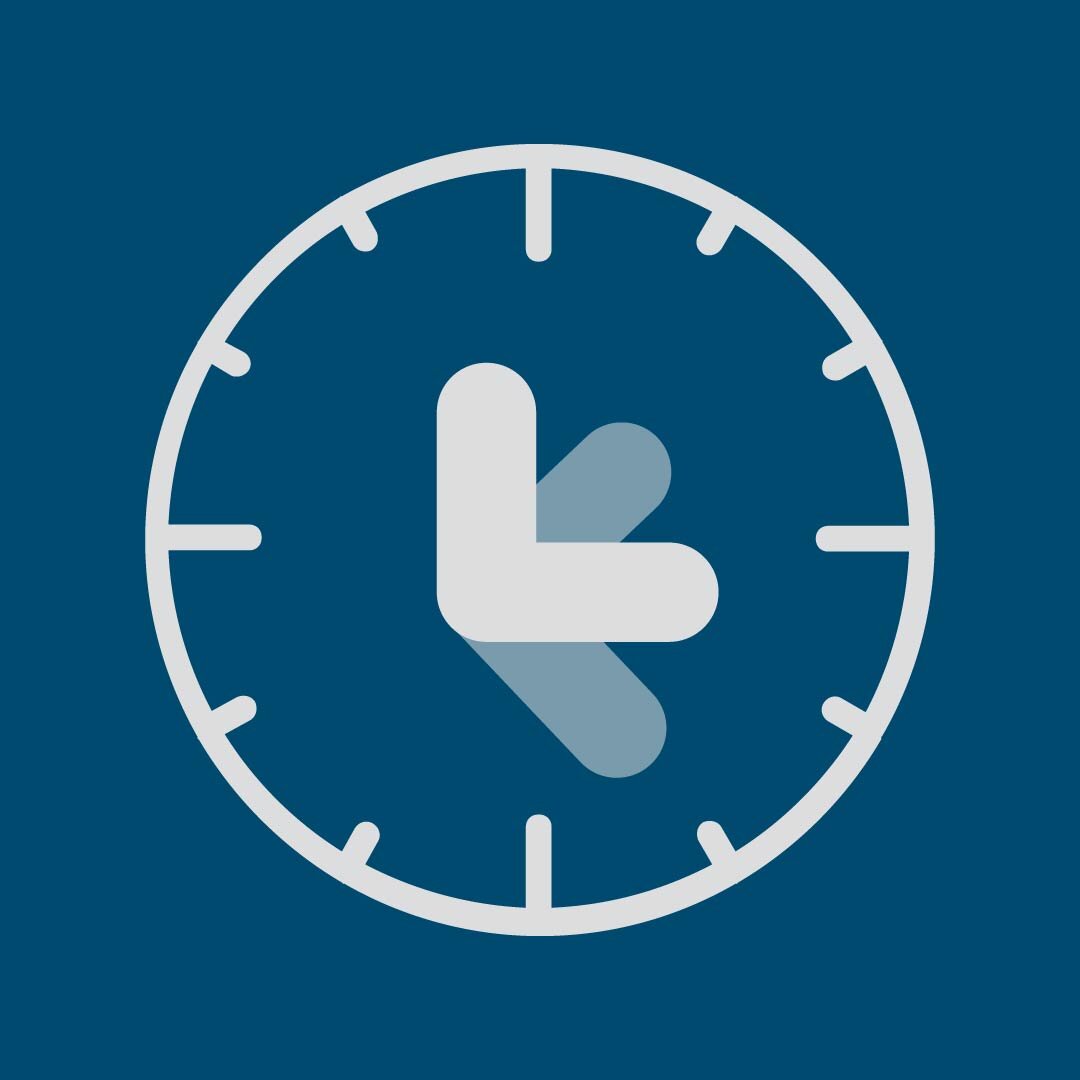
Spotlight on Food Assistance in NYC: Food pantry use spikes among non-U.S. citizens amid changing immigration rules
This new report examines an often overlooked area of need in New York City: food insecurity among low-income, non-citizen New Yorkers. The Poverty Tracker documents a significant increase in non-citizens using emergency food services—and how pantries served a critical lifeline.

Spotlight on Child Tax Credit: Transforming the Lives of Families
We interviewed 18 families receiving an expanded Child Tax Credit in New York City over six months to understand how they incorporated the new monthly payments into their household budgets. Parents viewed the expanded Child Tax Credit as an opportunity to enhance their children’s lives, prevent hardship, stabilize their budgets, and save for the future.

Spotlight on Housing: The looming eviction crisis
As New York State’s eviction moratorium ended on January 15th, 2021, New York City is at risk of a massive increase in evictions and homelessness, but there are policy solutions that can help address housing affordability in New York City.

Spotlight on Food Hardship in New York City
Despite the additional challenges of the COVID-19 pandemic, food insecurity rates in New York City remained stable between 2019 and 2020, a testament to the social policy response and efforts by the city’s emergency food distribution network. However, the rate of food hardship still remains high in New York City.

Spotlight on Hunger: Food hardship in New York City is rising as New Yorkers wait for a second federal stimulus bill
As New York City and the country continue to grapple with the health and economic consequences of the COVID-19 pandemic, millions of New Yorkers struggle to feed themselves and their families.

Paid Sick Leave in New York City: How are workers and families being protected during the COVID-19 pandemic?
While a robust paid sick policy is necessary during a pandemic to protect both people’s health and their paychecks, the Poverty Tracker reveals some of New York City’s most vulnerable, including low-income or part-time workers, continue to lose pay when sick.

Forced Moves and Evictions in New York City
The Poverty Tracker housing module provides a first look at the experiences and trajectories of New Yorkers who are forced out of their housing due to forced displacement or high rental costs and the efficacy of housing policies in curbing rates of forced moves.

Public Charge: How a new policy could affect poverty in New York City
The Poverty Tracker reveals that proposed changes to the federal “public charge” rule could push between 60,000 and 115,000 New Yorkers, including up to 45,000 children into poverty. When accounting for a “chilling effect” the impacted population of New Yorkers is much greater.

Vulnerabilities and service needs of single-parent households in New York City
One third of children in New York City live in a single-parent household with much higher rates of poverty and material hardships.

Accessing Help: A portrait of service use among New York City families with children
The Poverty Tracker reveals the challenges facing households with children and the extent to which services and resources meet those needs.

Spotlight on Paid Sick Leave: Results from the New York City Earned Sick Time Act
The Poverty Tracker examines the impact of the New York City Paid Sick Leave Law. After implementation, young workers, female workers, and college graduates were more likely to make use of PSL, but that was not the case for part-time and less educated workers.

Going Hungry: Which New Yorkers are leaving food on the table?
About 1 in 4 New York City households eligible for SNAP benefits “food stamps” do not receive them.

Food Pantries or Food Stamps: Who Uses Them and What Impact Do They Have on Poverty?
An alarming number of New York City residents are not able to meet basic food needs. According to the latest Poverty Tracker data collected by Columbia and Robin Hood, over one in ten New Yorkers – approximately nearly 1 million people – report that it is often the case that their family does not have enough food to eat.

Why Don't Low-Income New Yorkers Seek Help?
Multiple barriers exist in accessing critical resources, including a lack of knowledge about nonprofits, “survival fatigue” and the stress of living with scarcity and stigma.

Meeting Needs of Low-Income New Yorkers
There is a gap between existing services that are designed to help poor New Yorkers and actual needs met, especially when it comes to the most vulnerable residents
